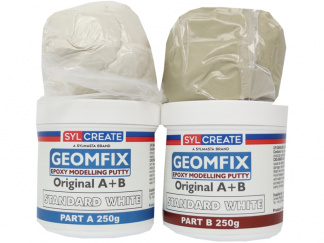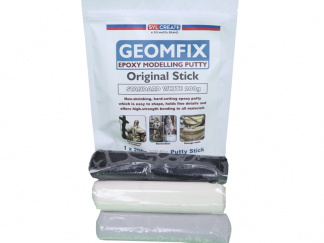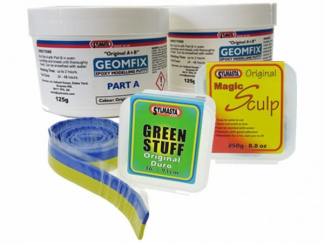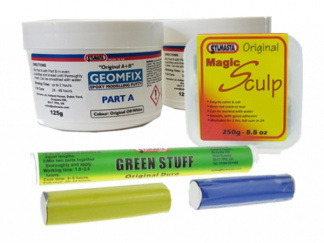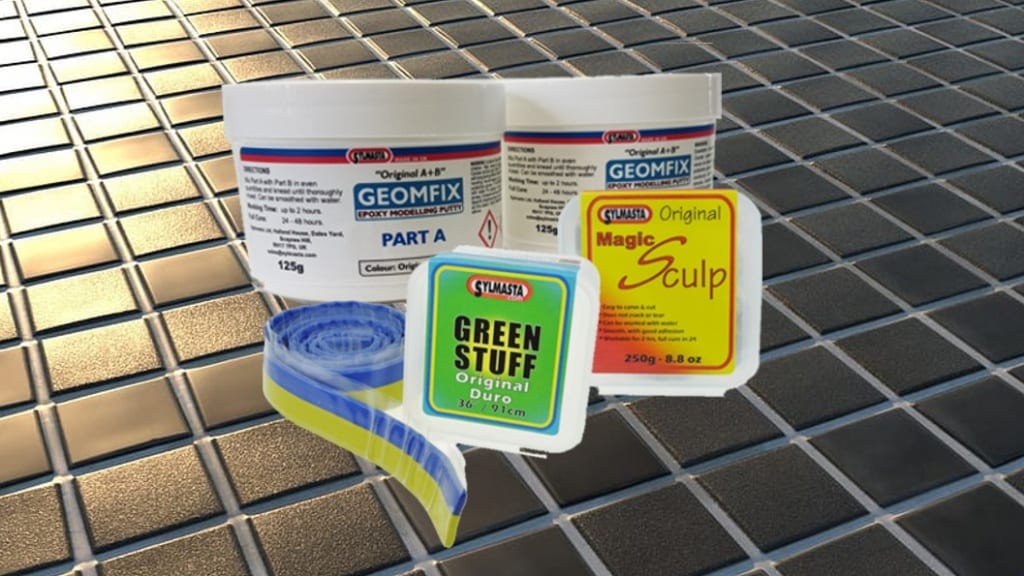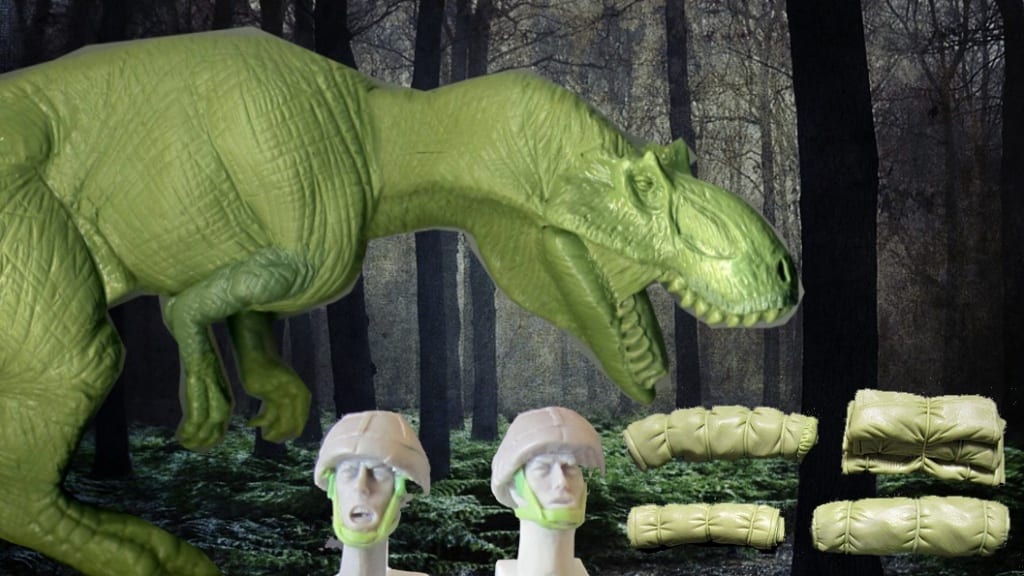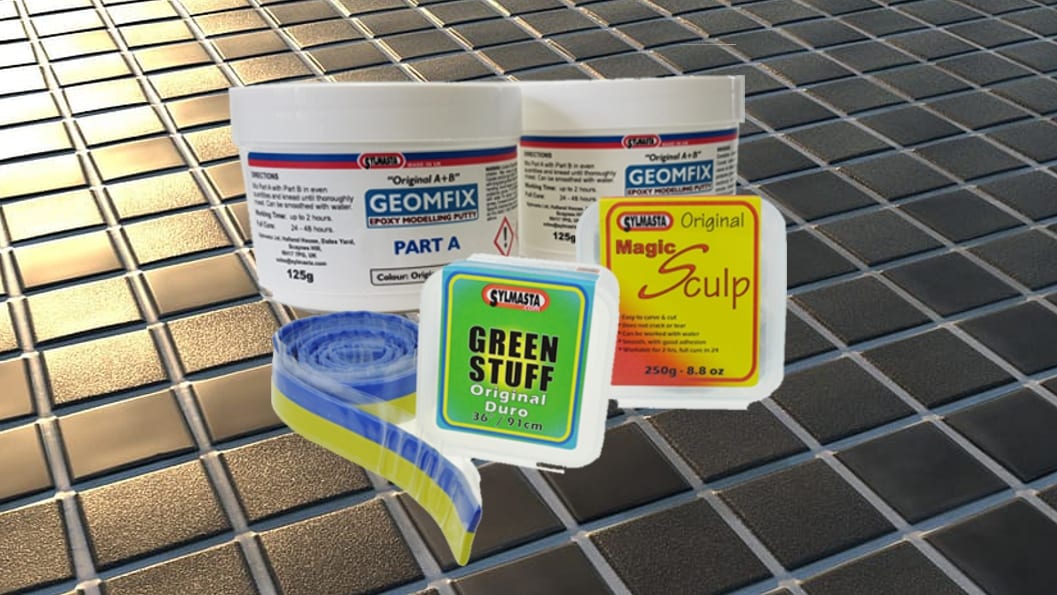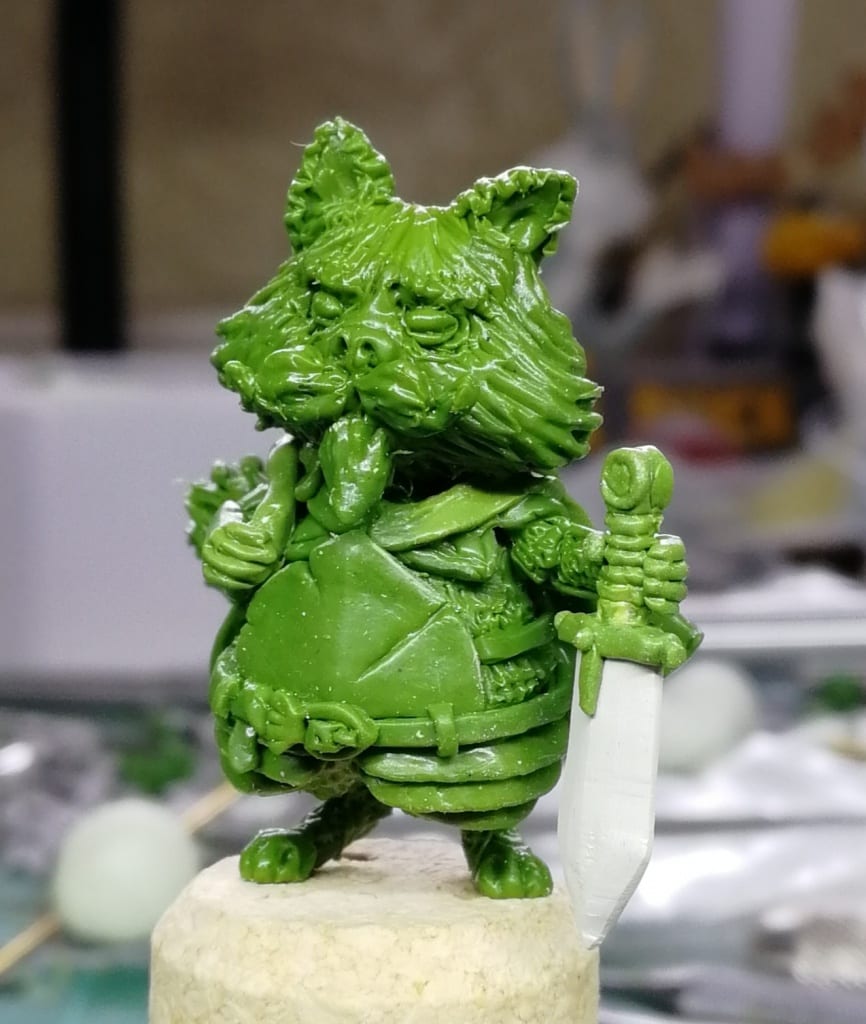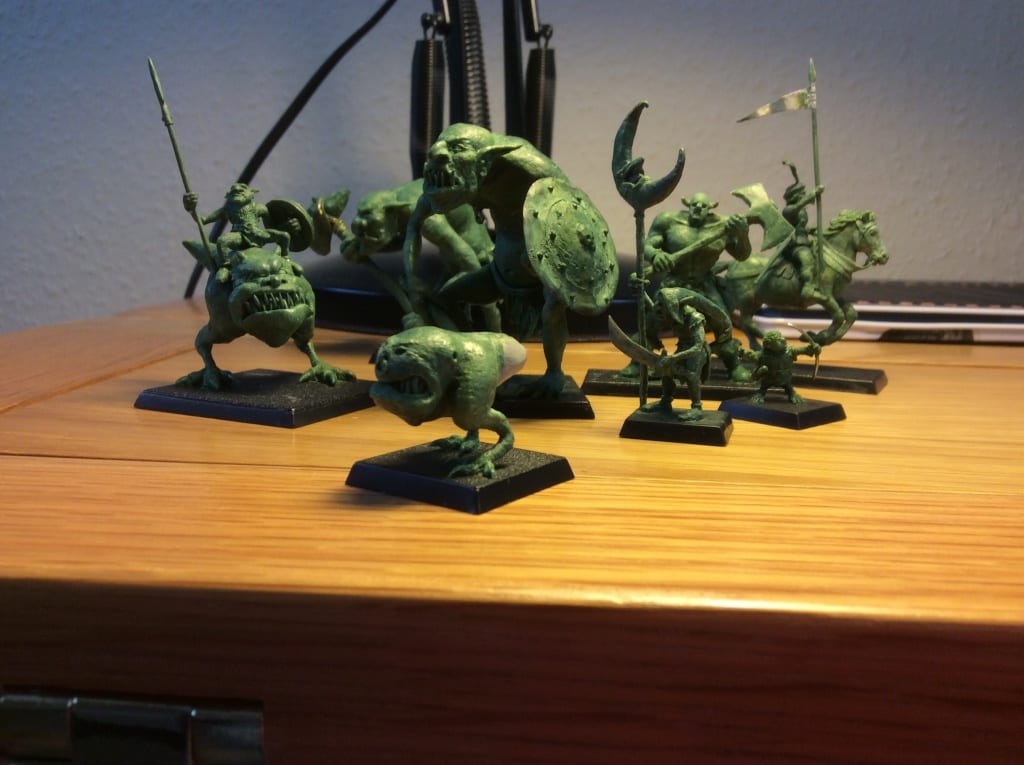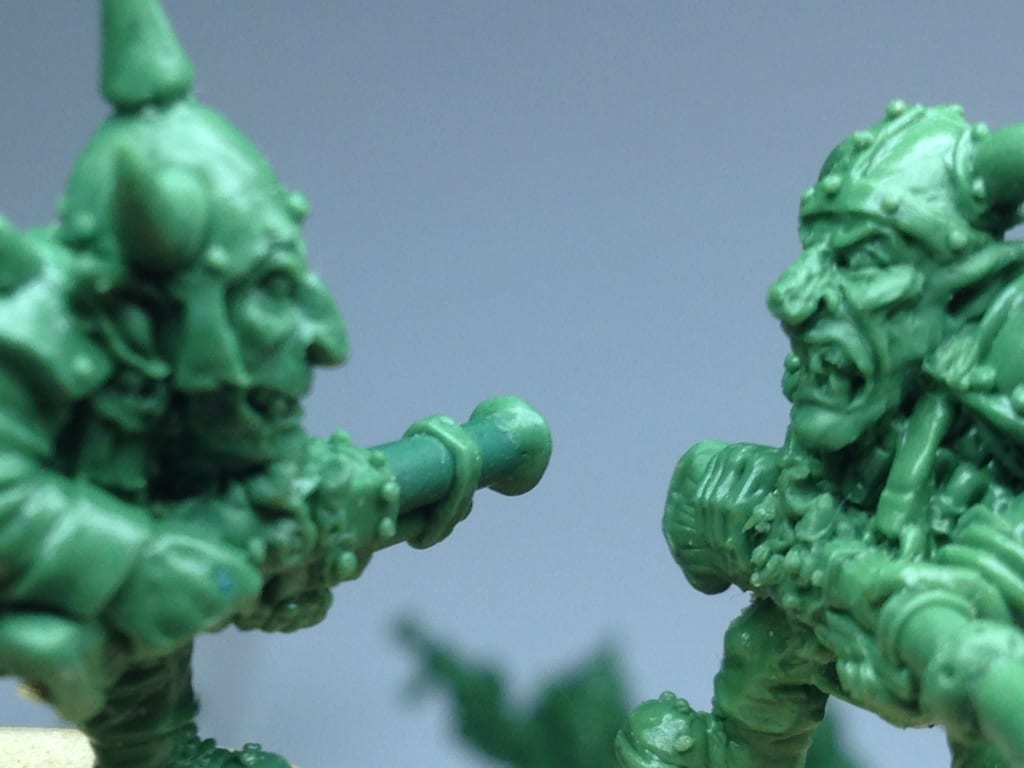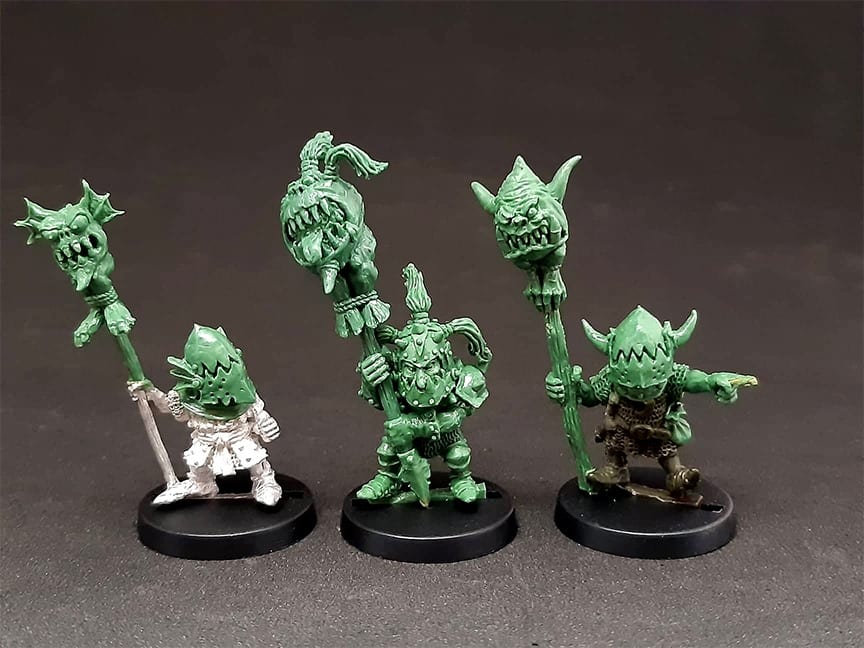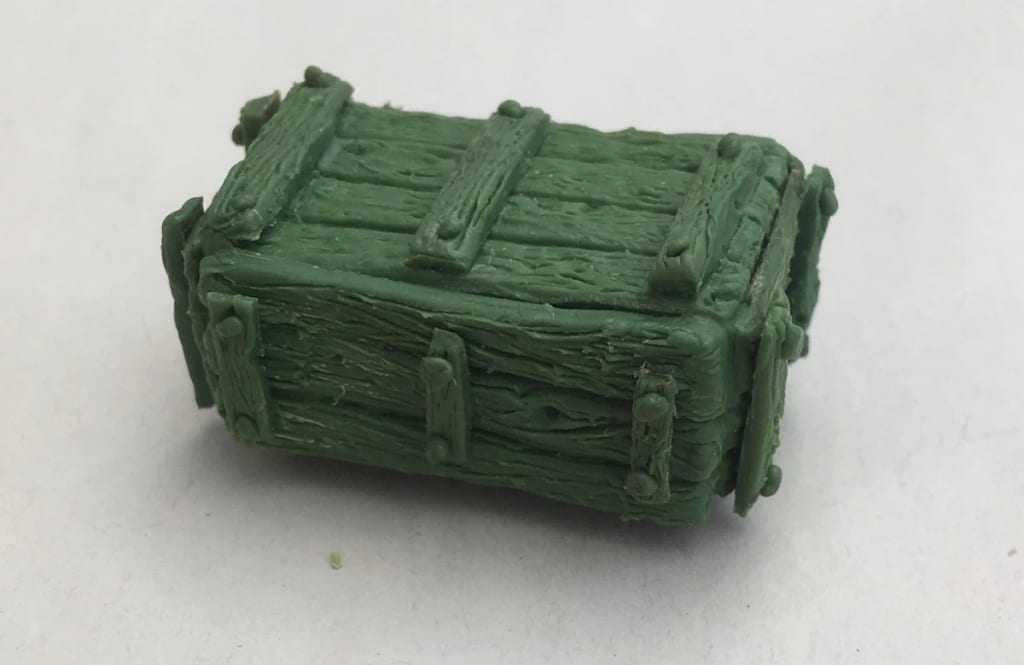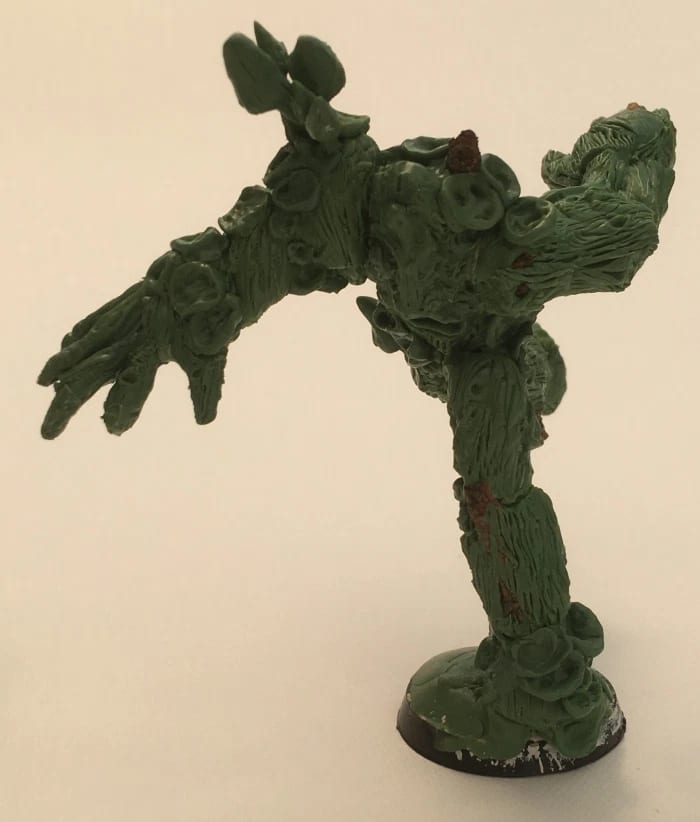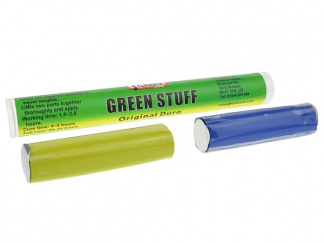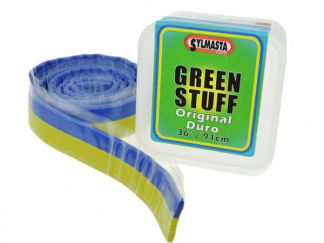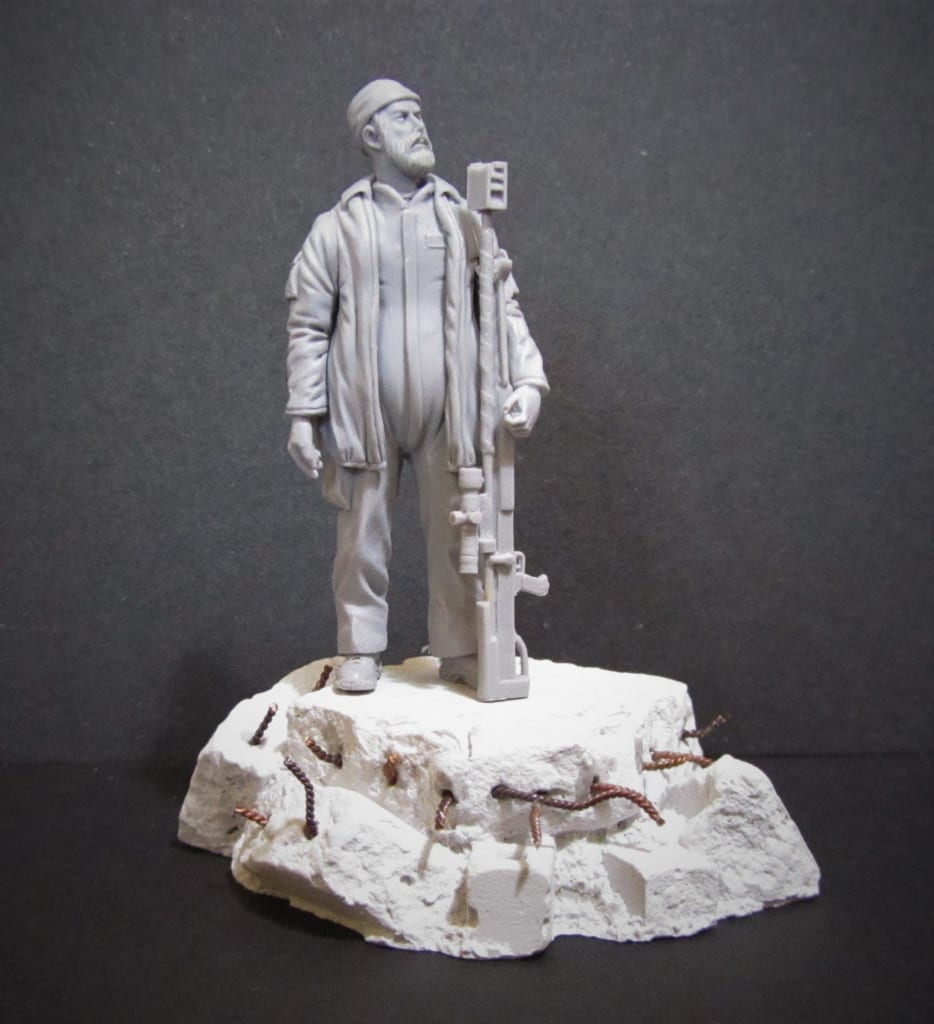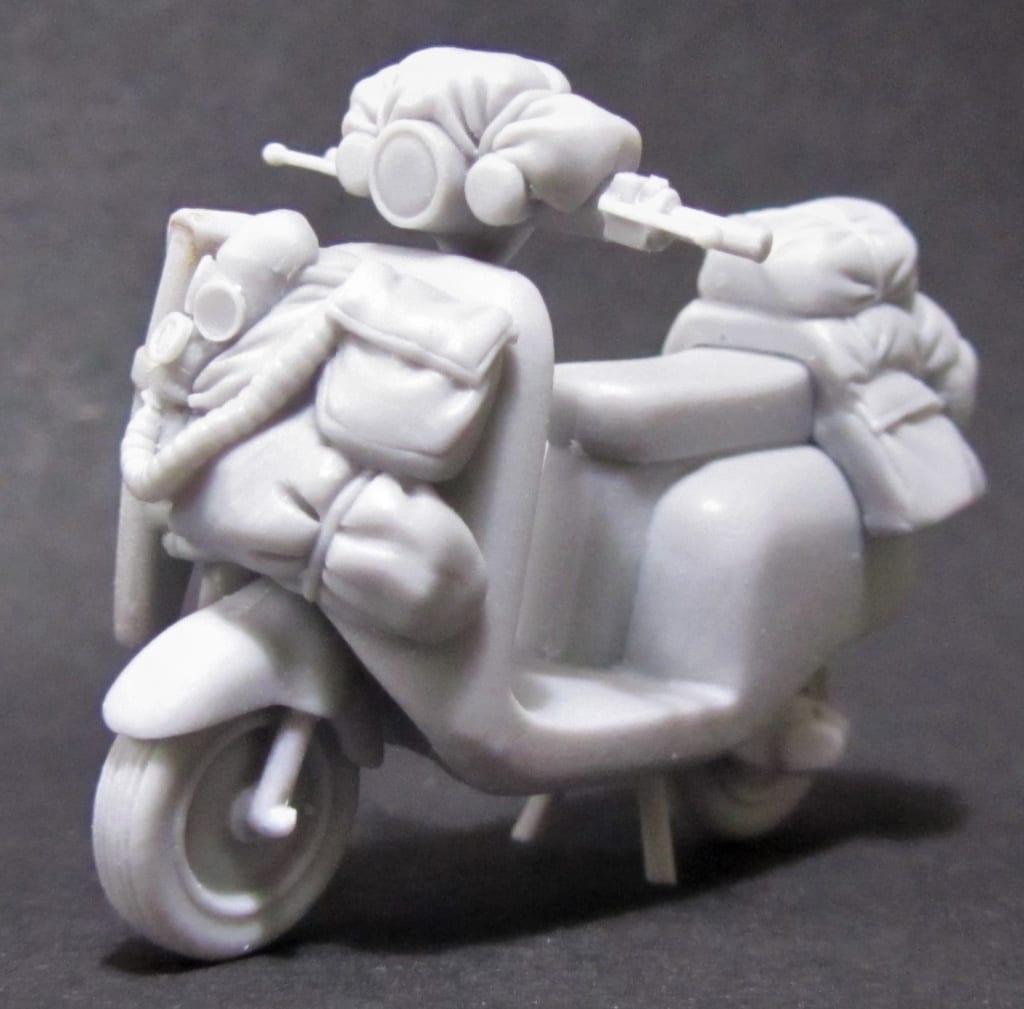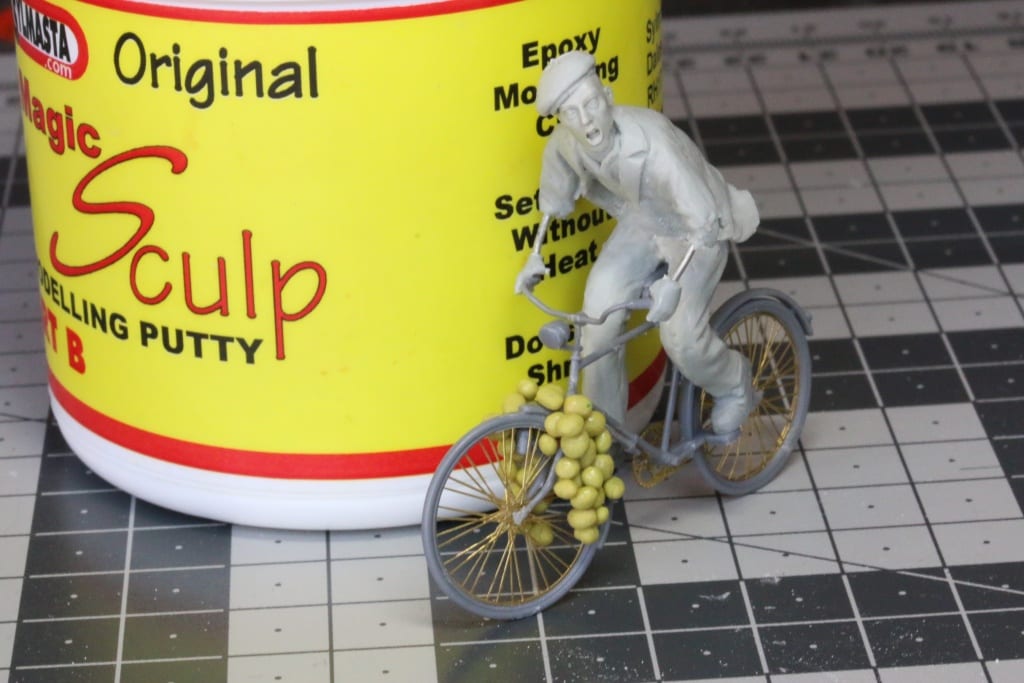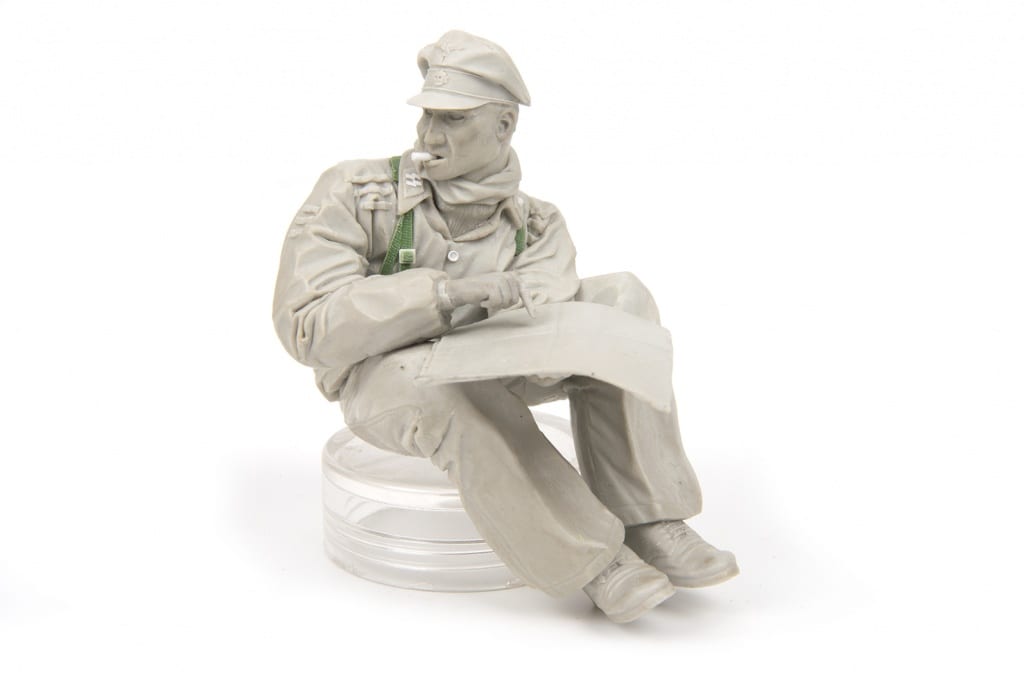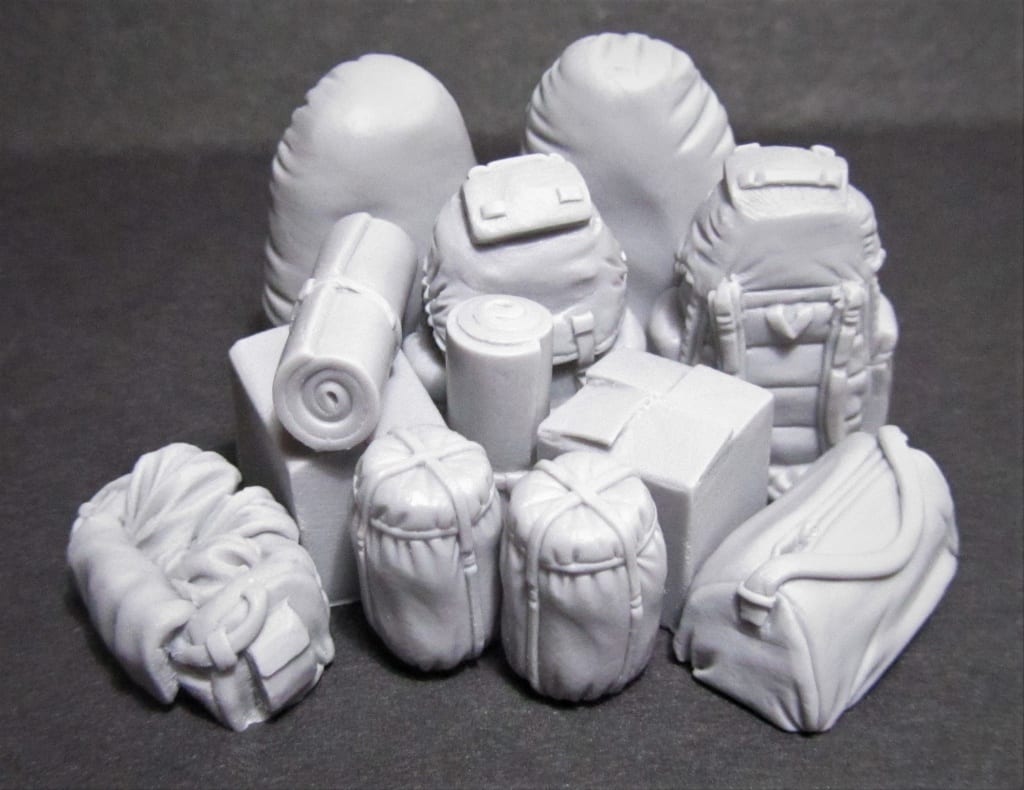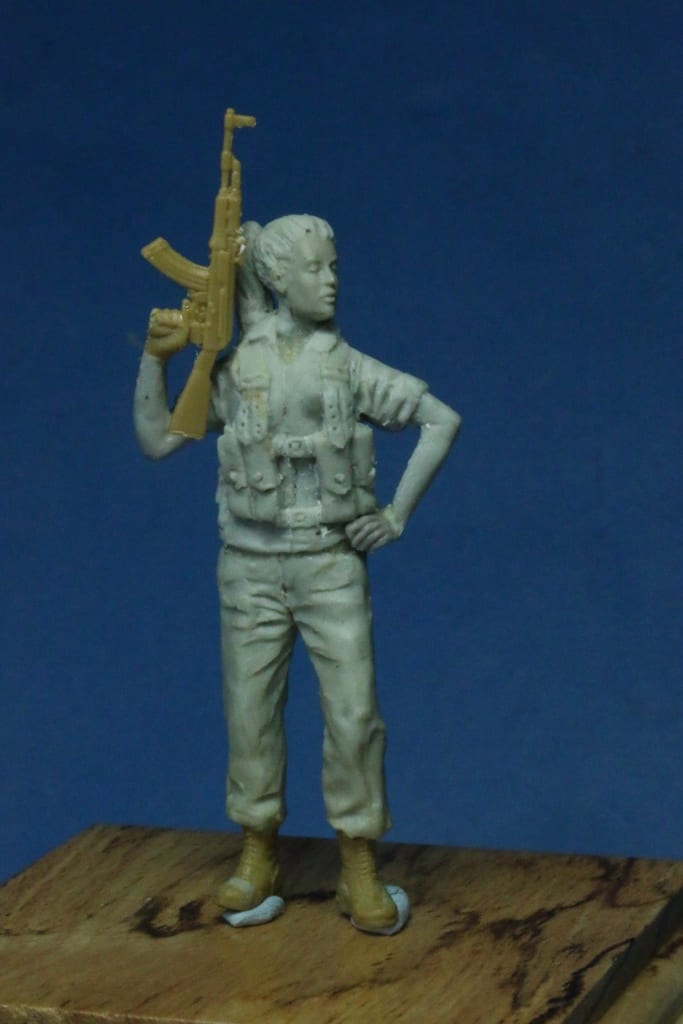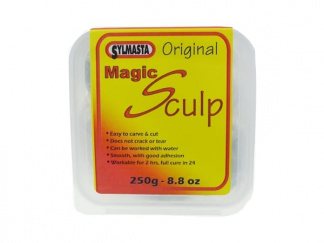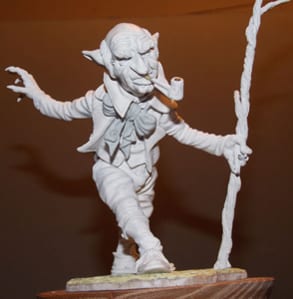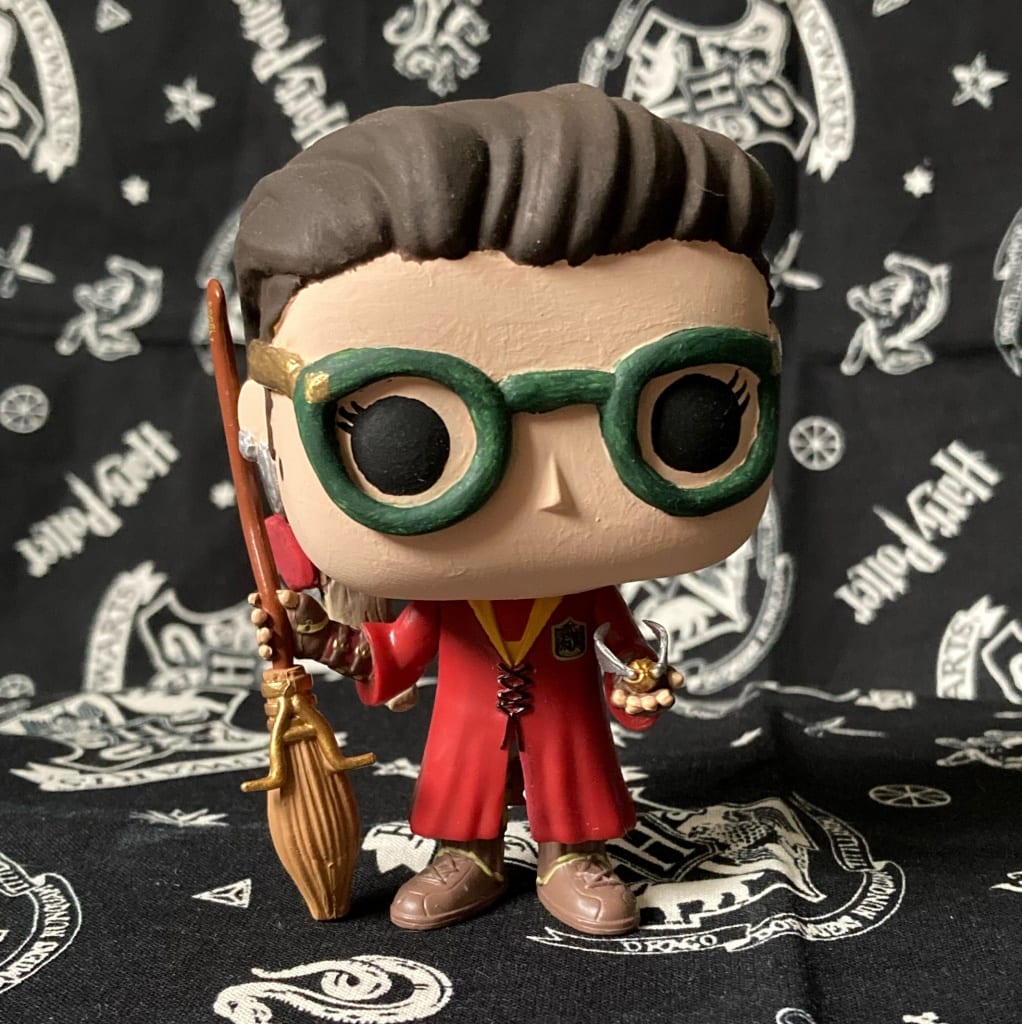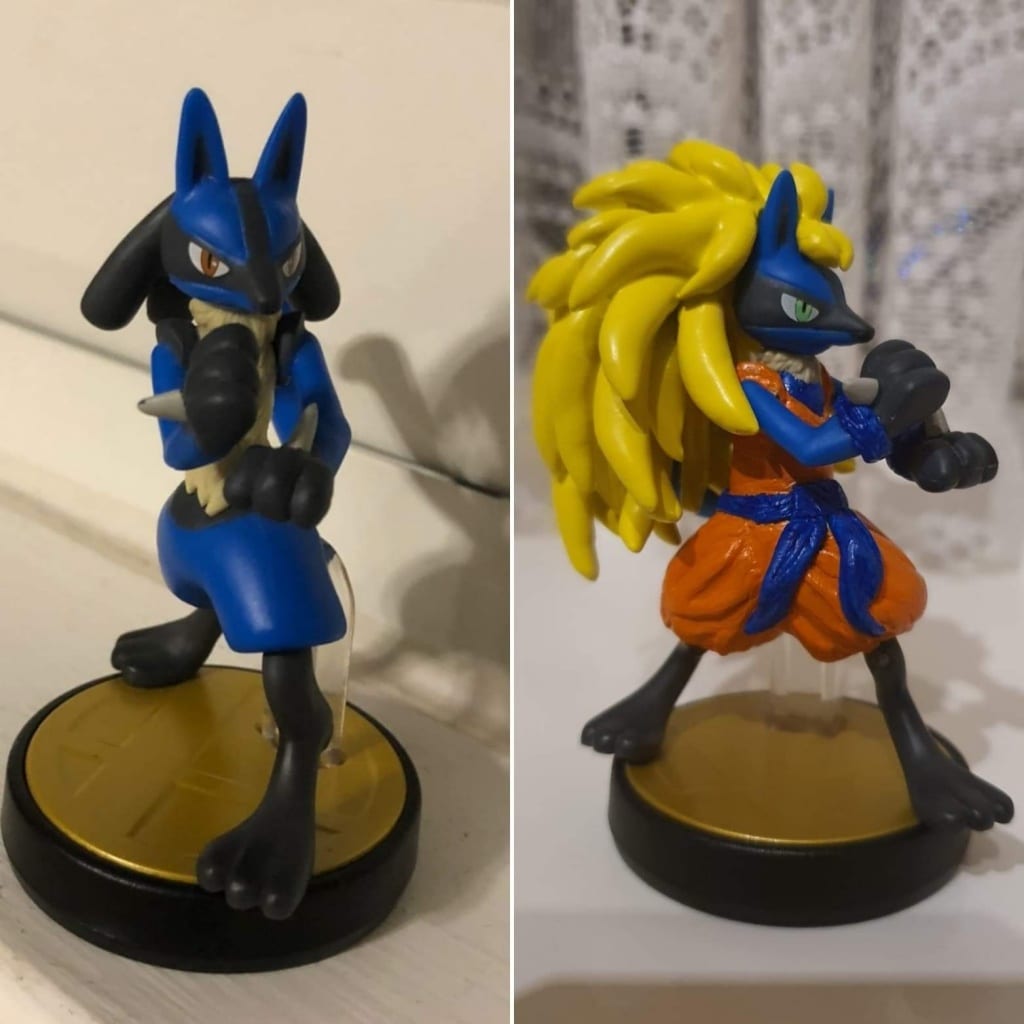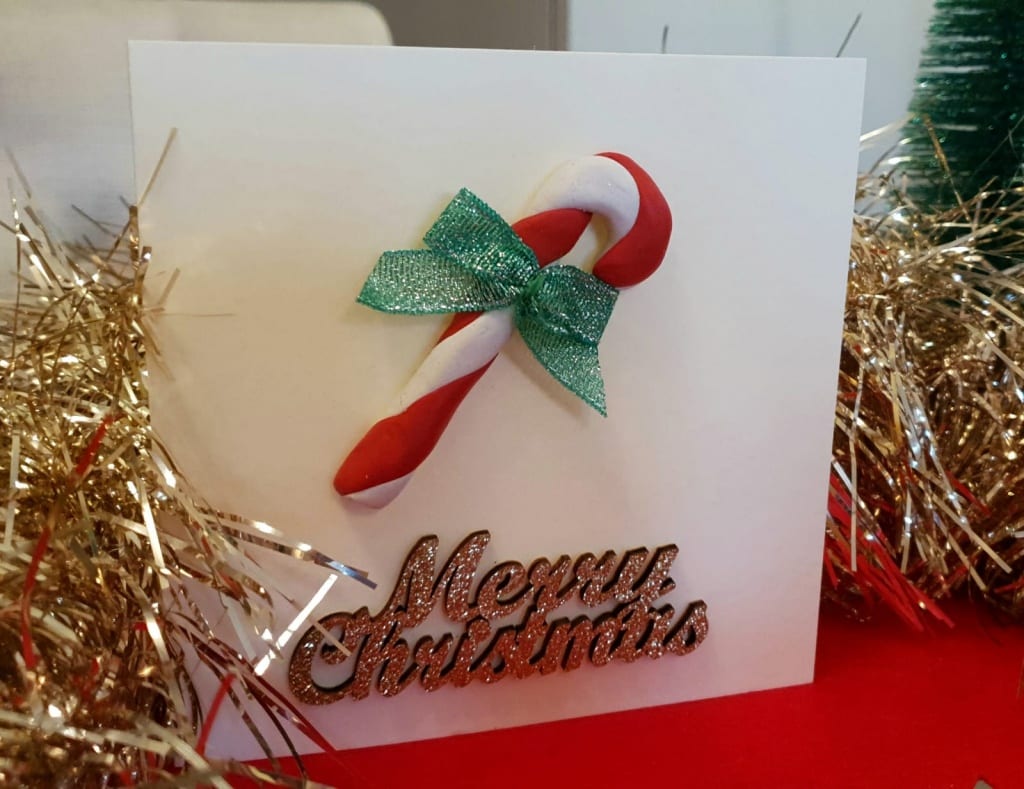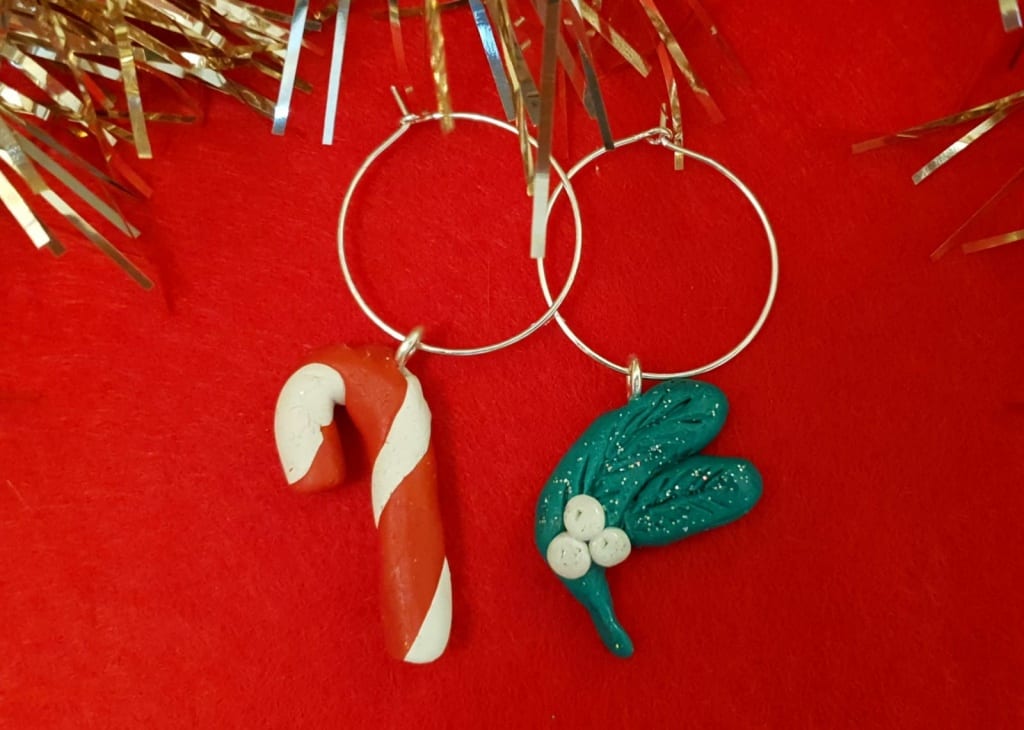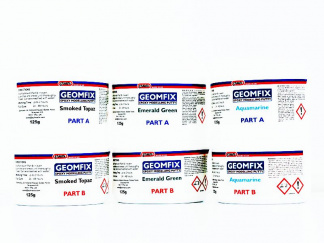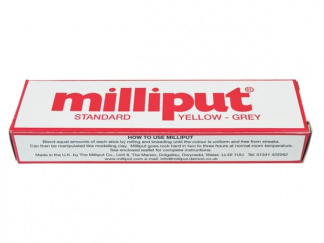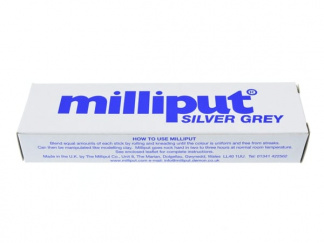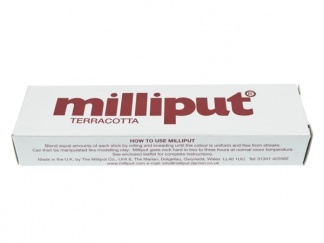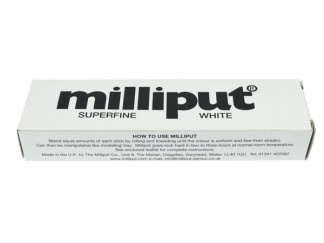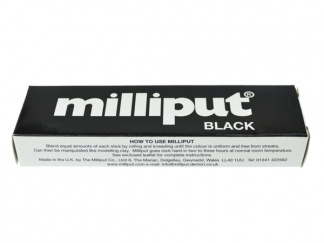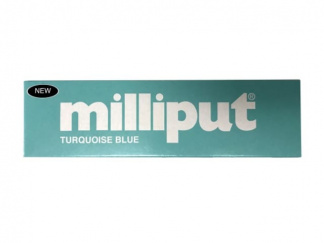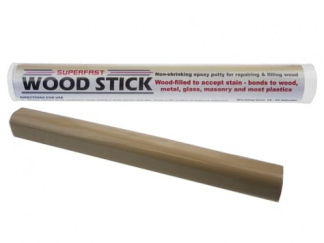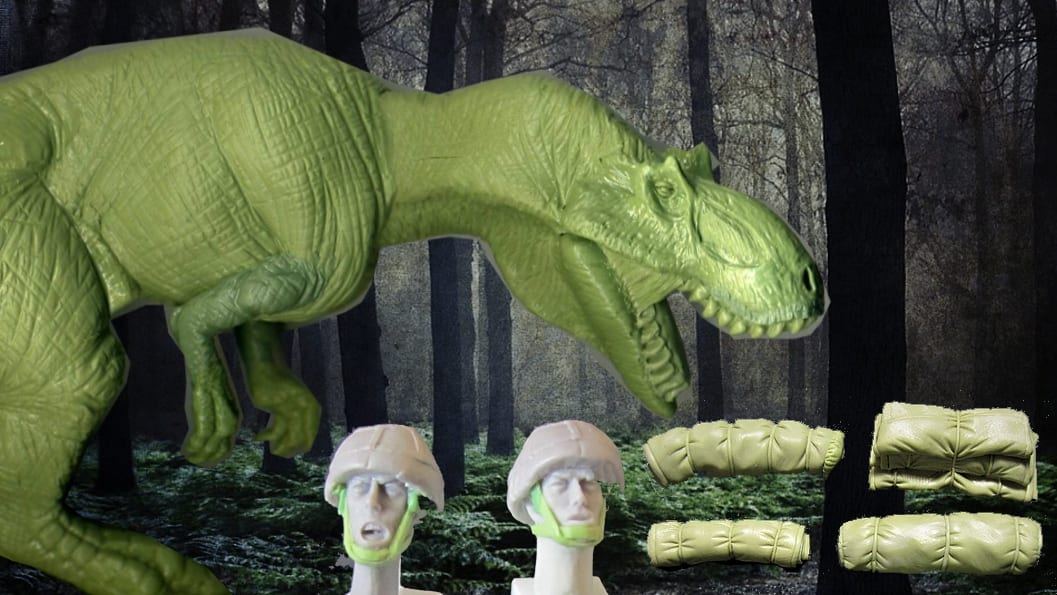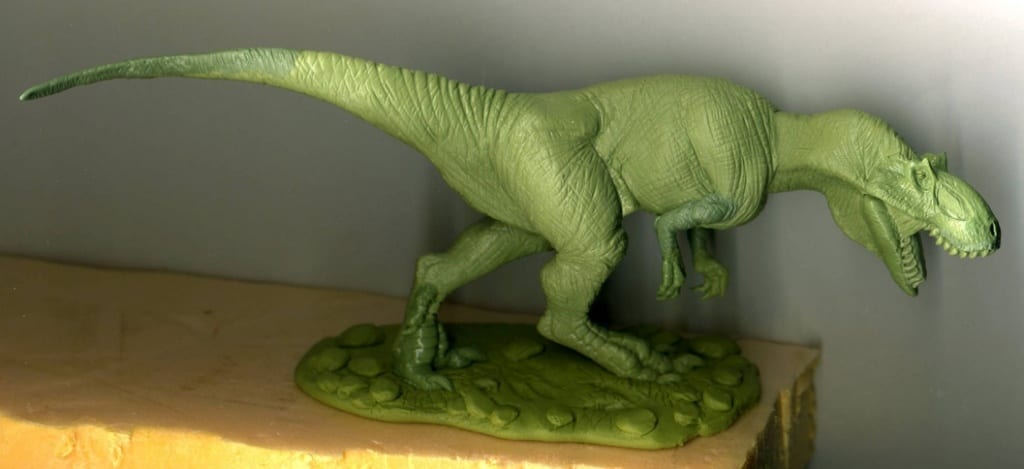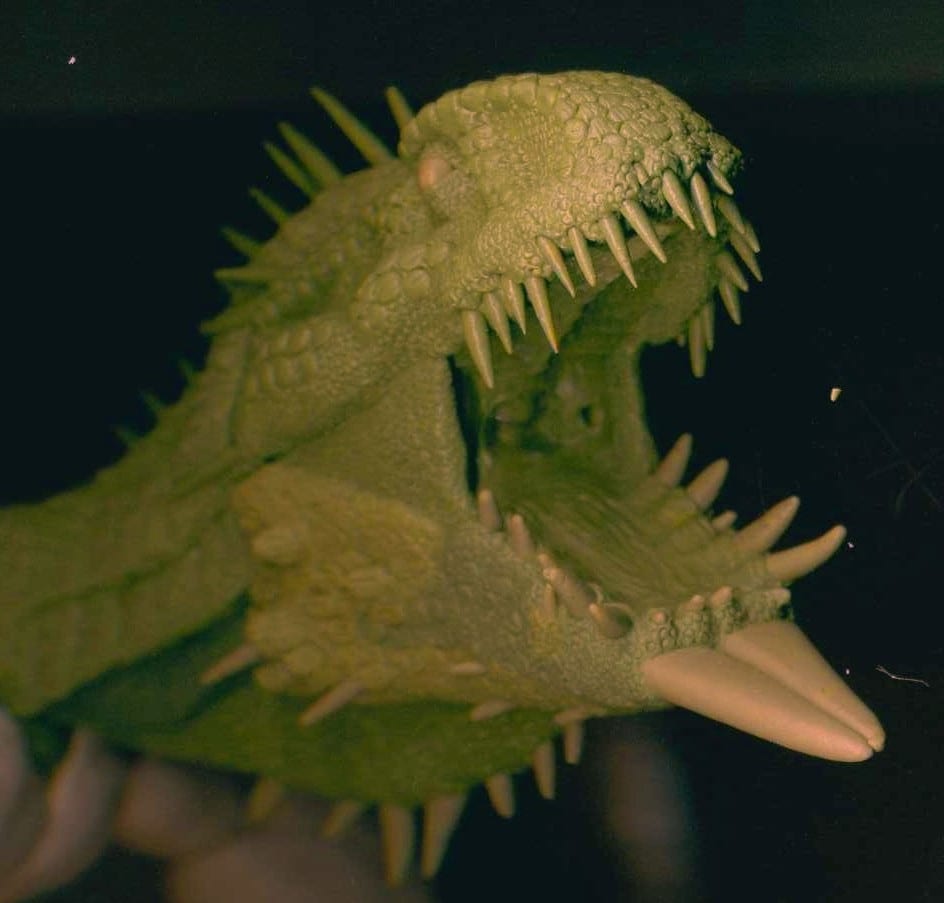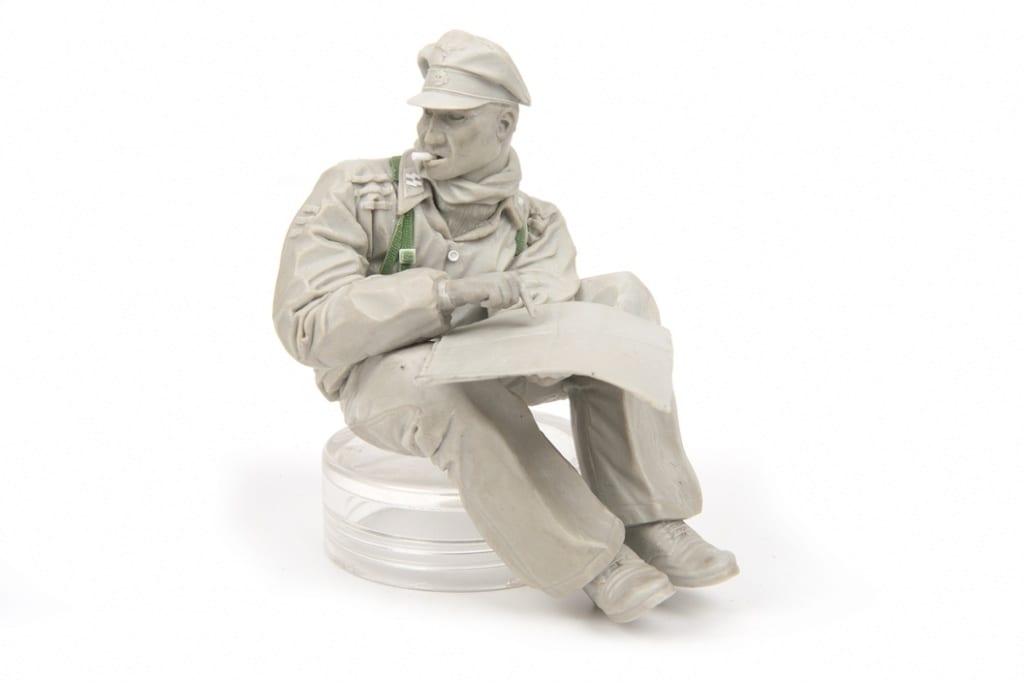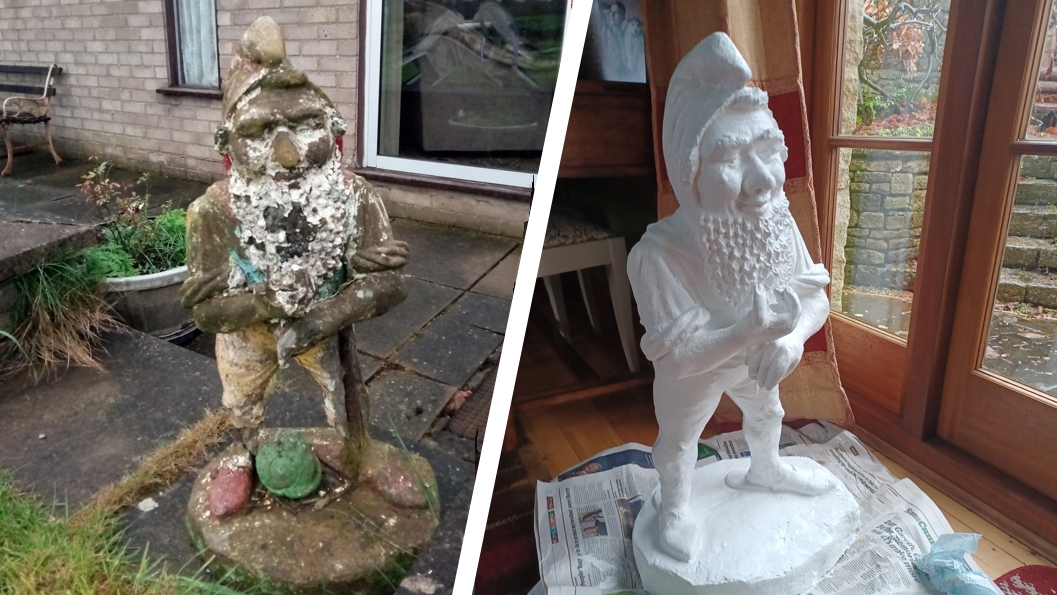
Weddings. Births. Lost loved ones. House moves. The fella standing 810mm and weighing six stone had seen it all in his near 100-years as part of the family. His age though meant he was now past his best and that left two sisters asking themselves a difficult question… how to carry out a gnome restoration?
Having contacted the popular BBC programme The Repair Shop twice but receiving no reply, Penny Turner began carrying out her own research. Her older sister had asked her to restore the concrete gnome, which had fallen into serious disrepair. That led Penny to the door of SylCreate via the discovery of Geomfix Original Epoxy Modelling Putty.
“I originally looked into restoring him with concrete,” says Penny as she takes up the story. “But I quickly found out concrete would possibly crack when drying and so would need to be constantly sprayed with water.”
“After trawling the internet, I came across Geomfix. Being a smooth, hard wearing epoxy putty which would not set too fast meaning I could take more time moulding it as I worked, it seemed ideal. I contacted SylCreate and asked for some advice.”
This is always the most fun part of our job here at SylCreate. Not only do we get to help formulate repair plans, but we also find out the reason why an item is being restored. And nine times out of 10, the story behind it is fascinating.
Penny’s gnome restoration was no different. The gnome had been bought by her grandparents at some point in the 1930s when they moved south to Essex. He soon had a central part of family life.
How central? Well, he appears in the wedding photo of Penny’s aunt. Penny’s cousins remember him fondly. When her grandparents passed away, the gnome was transferred into the care of Penny’s father.
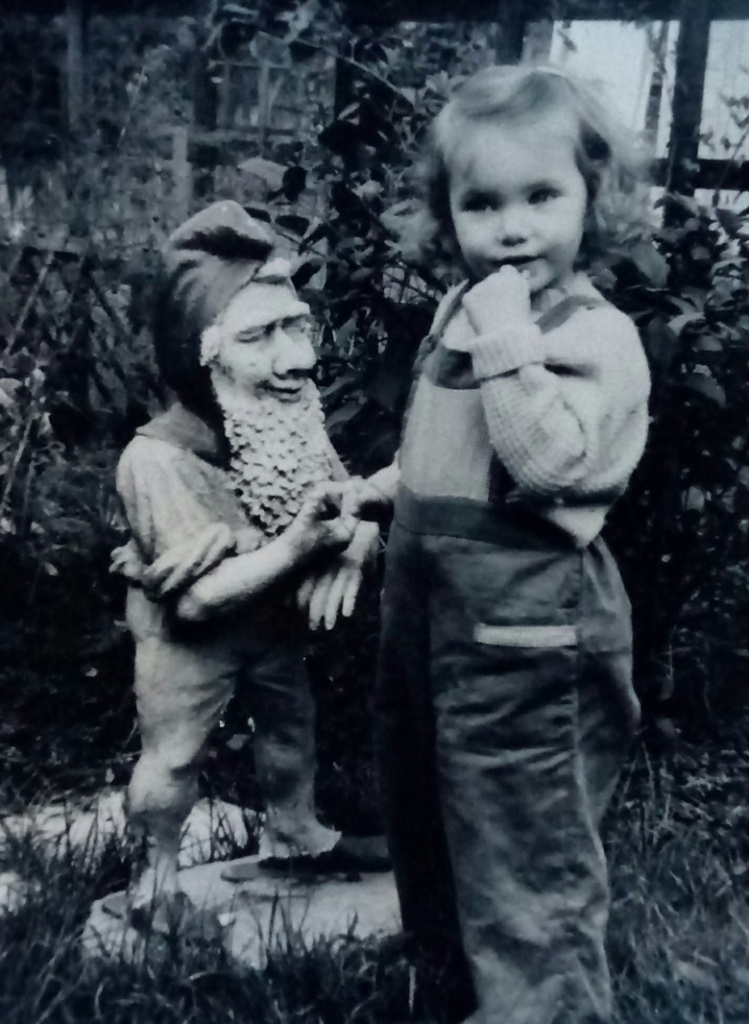
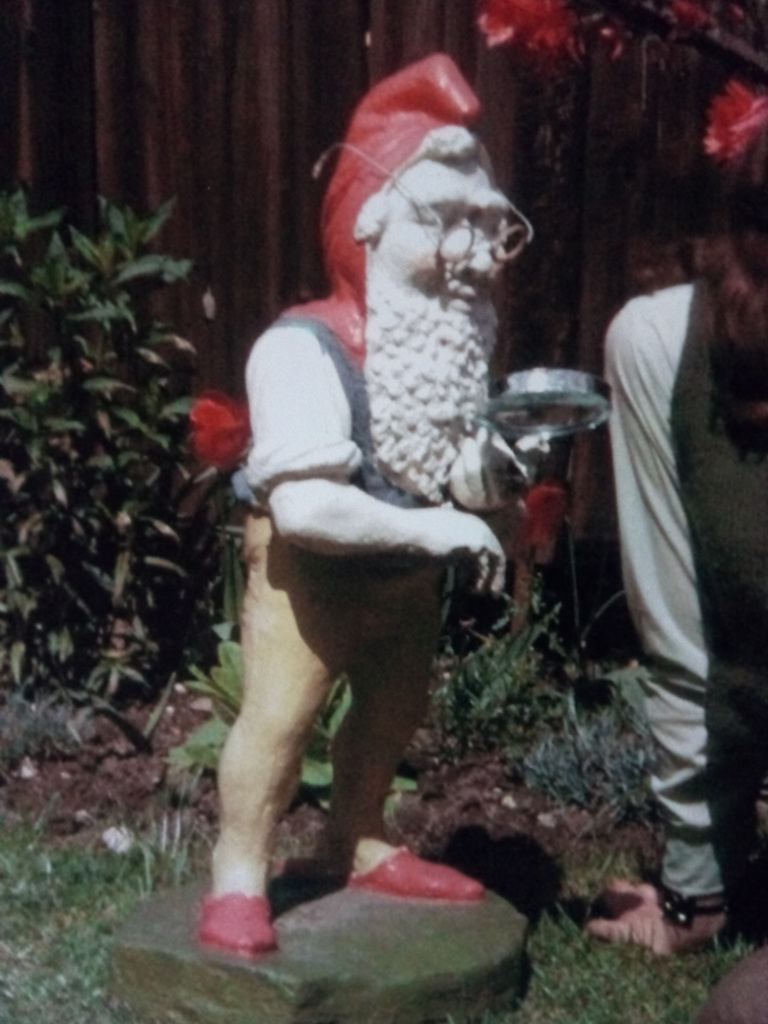
The gnome was painted regularly by Penny’s father, ensuring he remained in tip-top condition. When the family moved to Suffolk, there was no question that the gnome was going with them.
His next destination was to Penny’s sister’s after their parents sadly passed away. Here, the gnome became somewhat damaged. The passage of time began to take its toll, and he also fell foul of an accidental clattering with a spade by Penny’s niece.
The biggest problem besetting the gnome, however, was concrete cancer. Concrete cancer occurs when steel reinforcements inside of concrete start to corrode. This causes the steel to expand, cracking the surrounding concrete and causing lumps to fall away and disintegrate.
A steel armature inside the gnome had resulted in him losing huge chunks of his legs through concrete cancer, exposing the metal frame inside. He was also missing extremities like fingers and thumbs, where concrete had again crumbled off the frame.
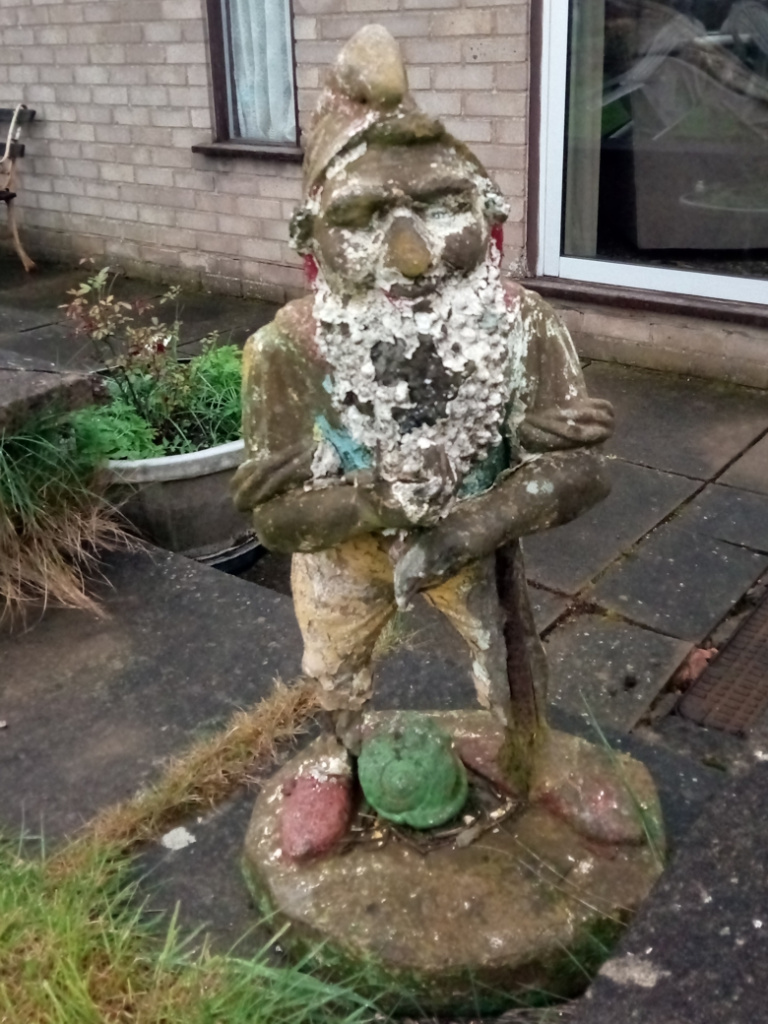
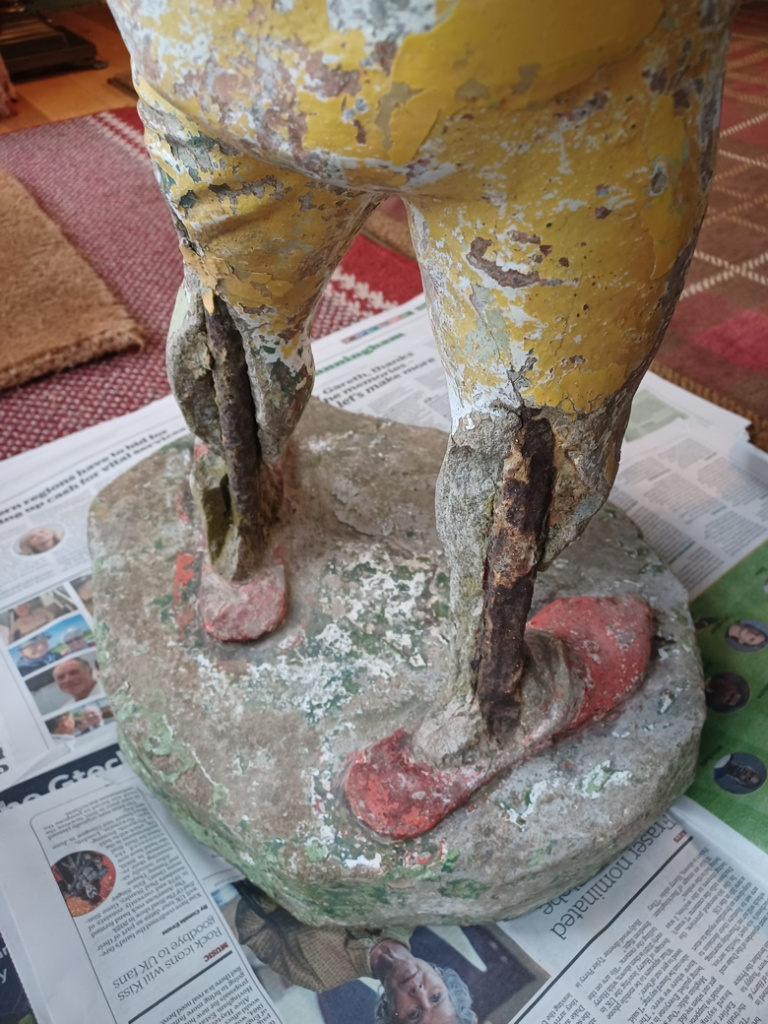
There were other chips and damages across his body and much of the paintwork had flaked away. By the time the family decided to carry out a restoration, it was easy to understand why they felt they needed the help of The Repair Shop to bring the gnome back to life.
But with no help forthcoming, it fell to the skill and patience of Penny, 2kg of Geomfix Original and many hours of work carried out from her home in Wiltshire (another move for the gnome) to complete the restoration – starting with the preparation and running through to a new lick of paint.
“All the old paint had to be painstakingly removed along with any loose bits and dust. My father probably used lead-based paint, so I was careful to wear a mask whilst doing the preparation.”
Geomfix Original offers a high-strength bond to most materials, including concrete, metal, plastics, glass, stone, wood, ceramic, jewellery and fabric. It is this versatility which makes it so popular. To improve the putty’s adhesion to the concrete gnome, Penny sanded him down further to finish the preparation stage.
She then used Geomfix Original to rebuild the areas of damage caused by concrete cancer, starting with his legs. Part A and Part B were mixed together in equal measures, then moulded and shaped to replace the chunks of missing concrete.
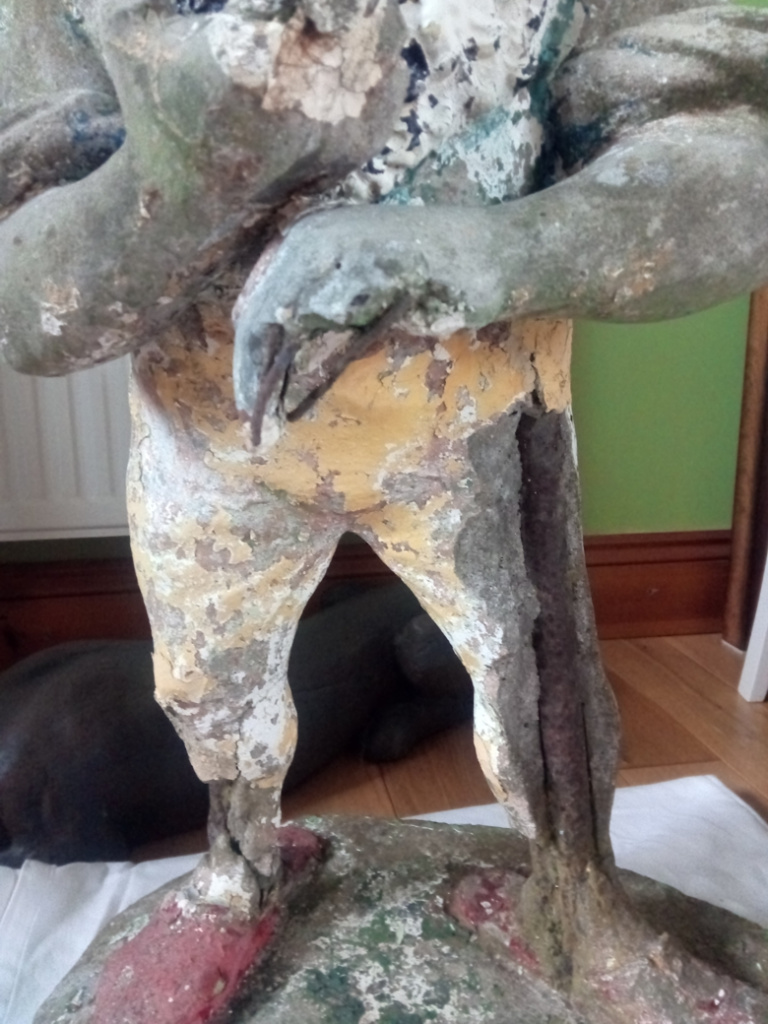
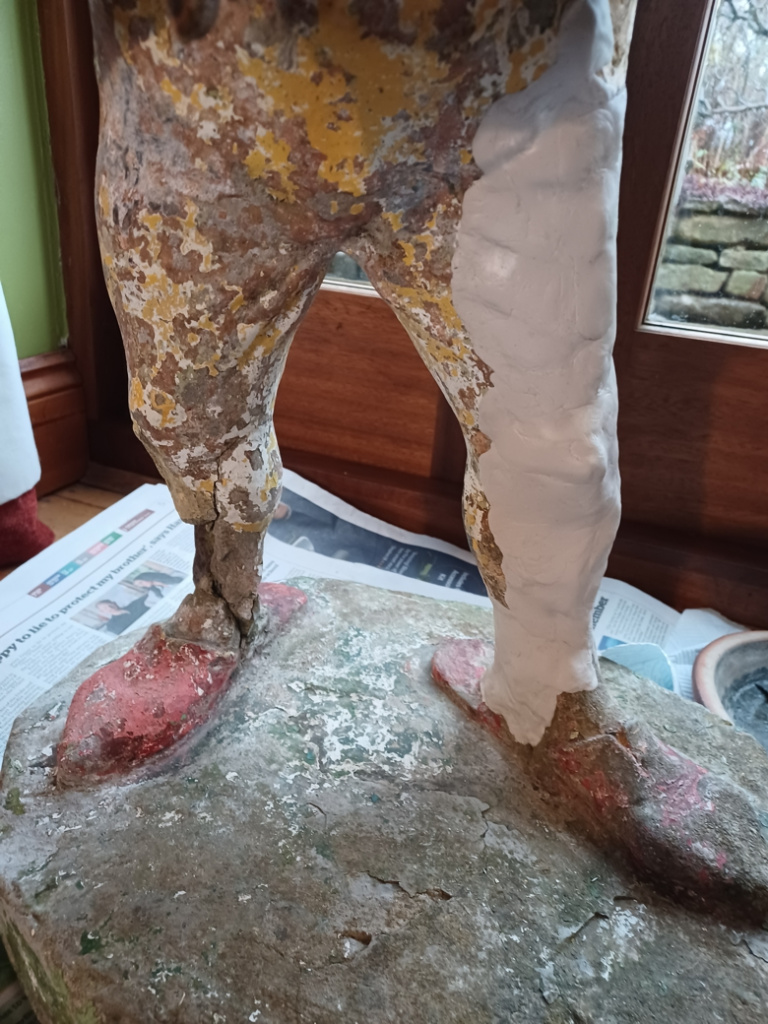
Because Geomfix Original is ceramic-filled and so hard-wearing, it offers excellent chemical and corrosion resistance. It is also waterproof. Not only was it rebuilding the gnome, but it was protecting it.
Applying it around the metal armature would prevent moisture coming into contact with the steel, reduce the chances of the metalwork becoming corroded, and significantly lessen the likelihood of future concrete cancer.
Once the legs were repaired, it was onto the rest of the damage across the body. For this, Penny received some technical help from our team. “The advice to add water to thin the putty was very helpful as it made it easier to smooth it into thinner cracks.” Lastly, Penny shaped and moulded Geomfix into new fingers and thumbs to replace the missing parts.
After successfully rebuilding the gnome using Geomfix, the final stage of the restoration was to repaint him. Cured Geomfix can be filed, sanded, drilled, tapped, screwed and directly painted onto – although in this instance Penny opted to use primer.
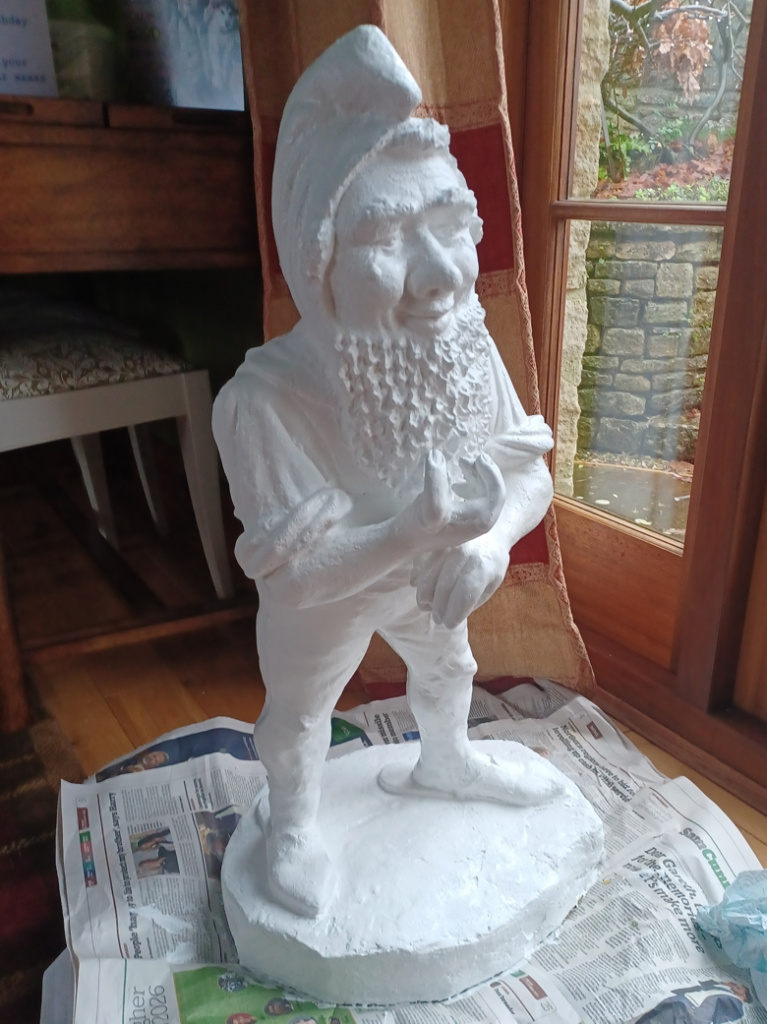
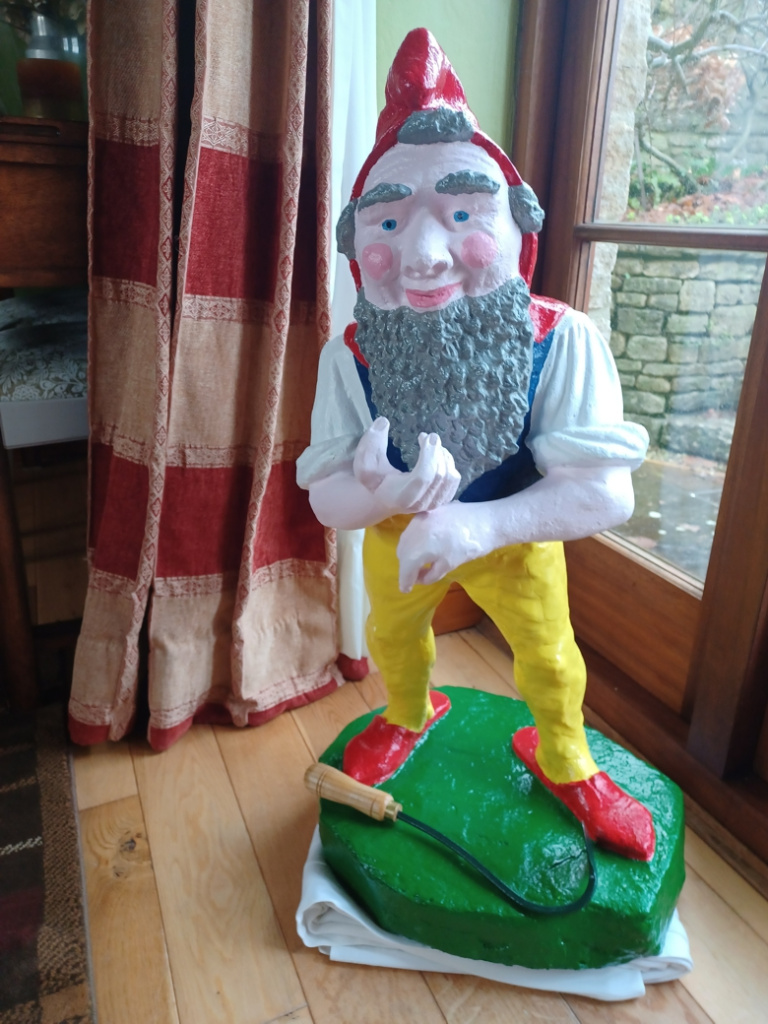
“I used a quick drying white primer and undercoat. Then a mixture of gloss and satin in the colours which my local hardware store had. The only enamel paint I used was grey for his beard. I wanted to reflect his fine old age.”
The result is a gnome unrecognisable from the tired, weathered and broken fella who Penny first started work on. “I have had a great time doing the project and the family and myself are pleased with him.”
“Due to his uniqueness and his sentimental value, he now resides by my patio doors, looking out into the garden.” There should be many more weddings and births yet for the gnome thanks to Geomfix Original Epoxy Putty.
If you have a repair or restoration project you would like SylCreate to advise on, please email sales@sylmasta.com or phone us on +44 (0)1444 831 459 to speak to one of our technicians.
Related Products
Related Articles
Epoxy modelling putty – Your guide to model making & sculpting putties
The benefits of mixing modelling putties

